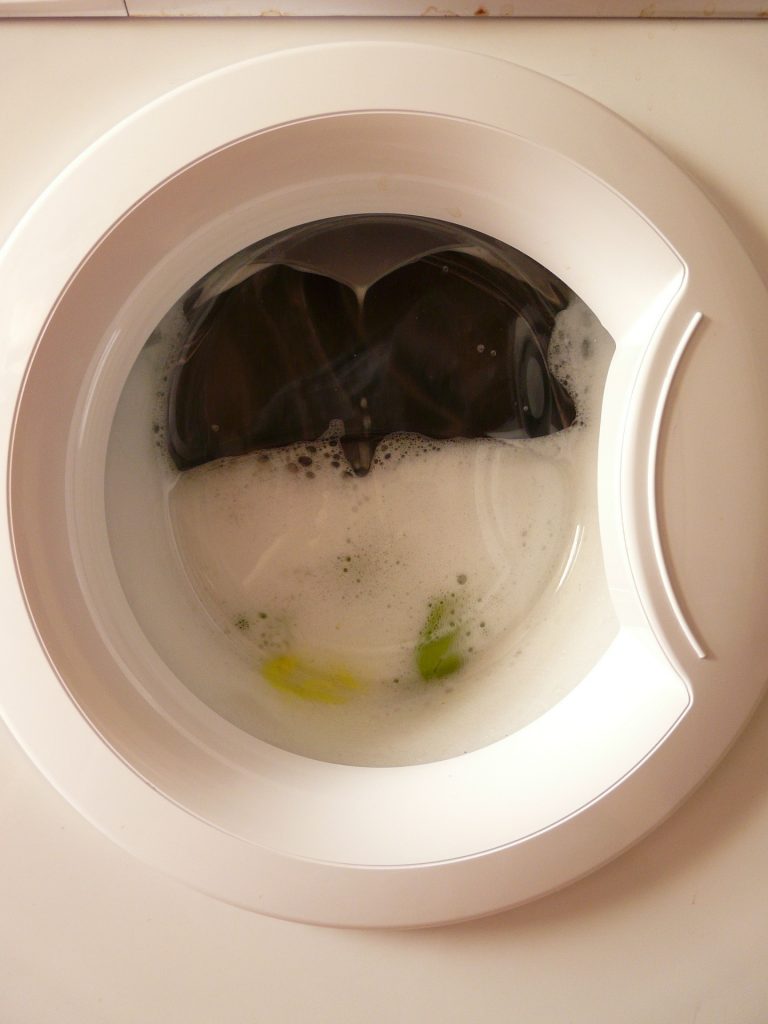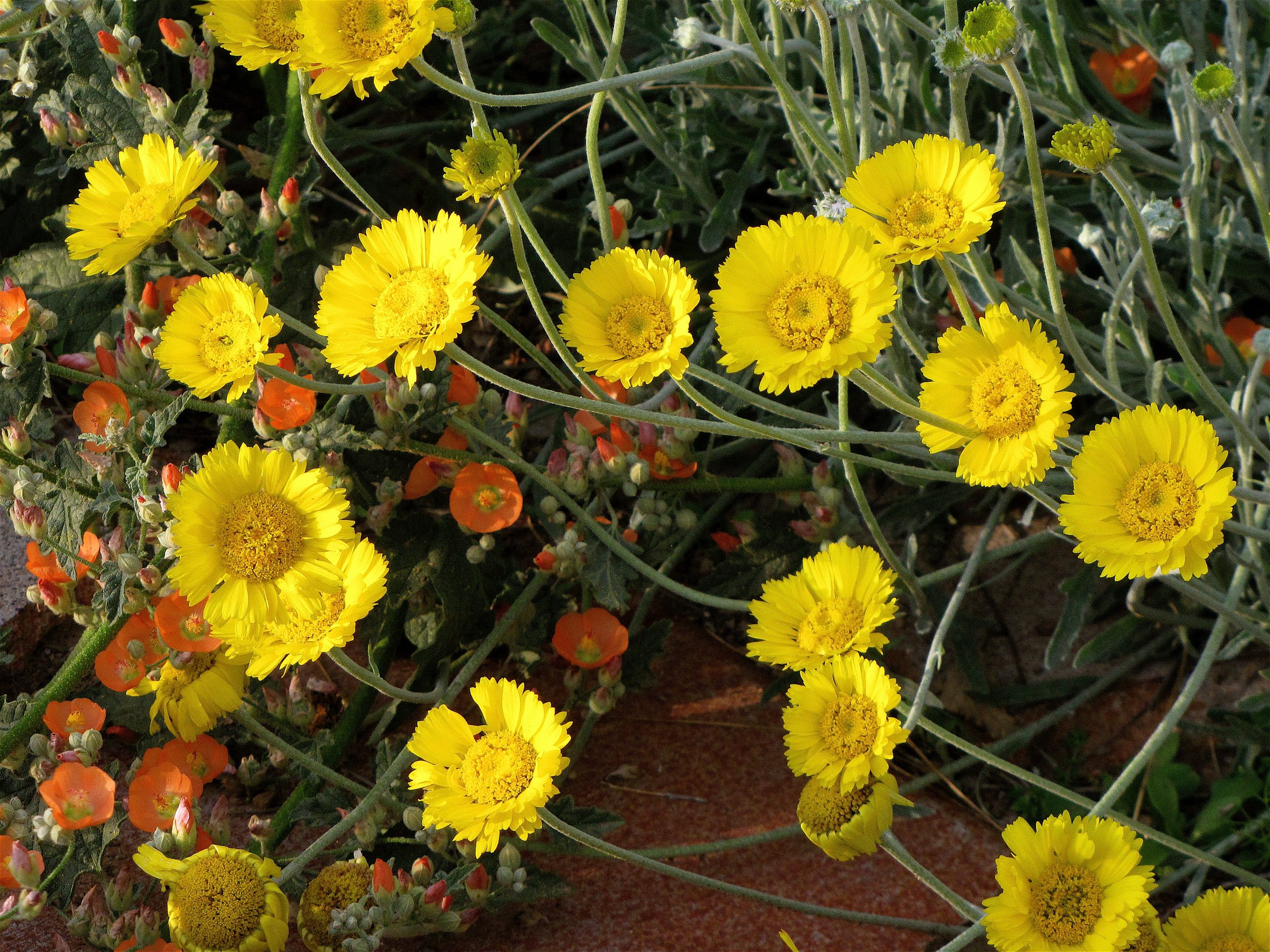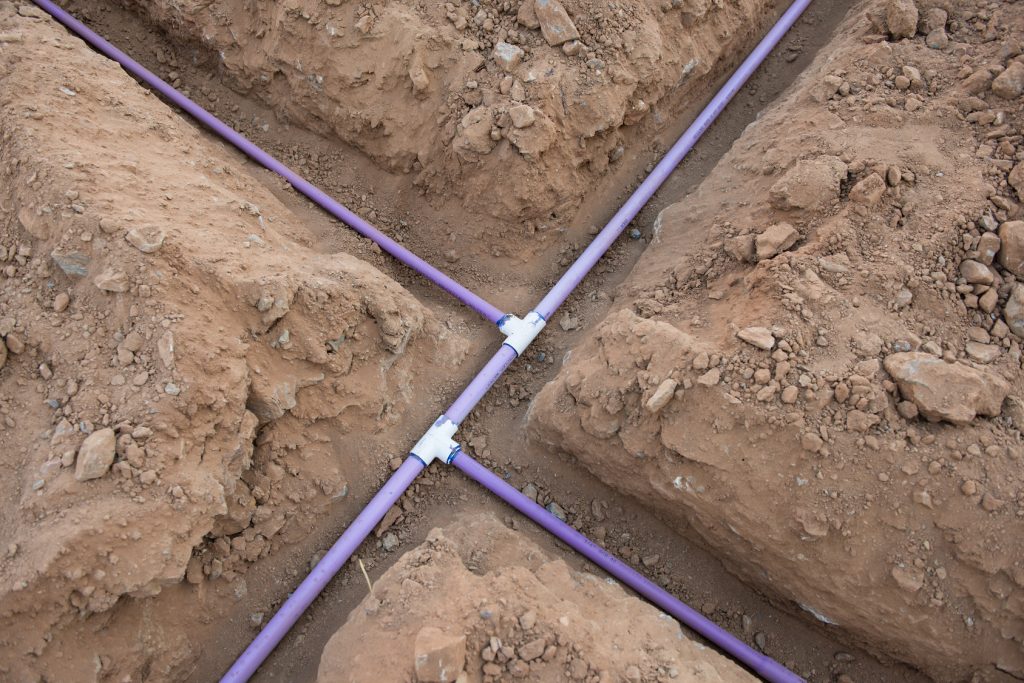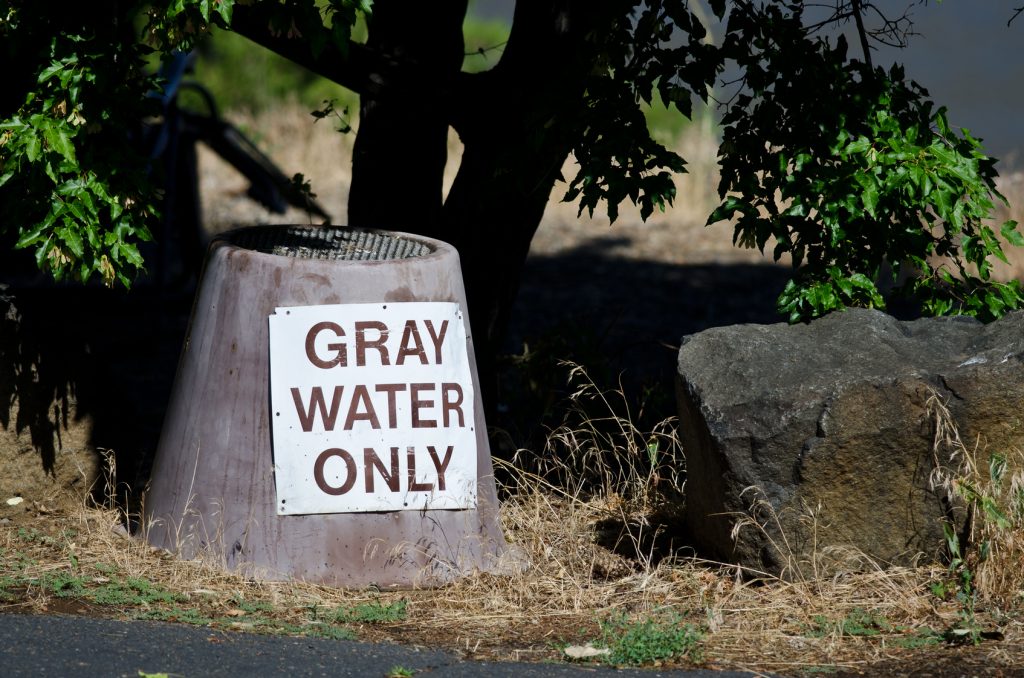Greywater systems are a great way to increase a household’s water efficiency. Overall, these systems are quite intuitive, but those that are new to greywater use can benefit from understanding where mistakes might be made along the way.
It’s no secret that freshwater shortages are growing across the globe. One creative solution embraced by those concerned with the health and social aspects of the shortage or the reality of soaring water bills is using a greywater system at home. This option is particularly attractive to individuals who live in a dry climate.
Greywater systems started growing in popularity in the U.S. around the 1970s. The array of possible designs that have blossomed in the years following can be overwhelming to someone who is starting to investigate the possibilities. Understanding more about these systems is important in avoiding some of the most common mistakes that homeowners make when picking out a system, installing it, and attempting to use it on a daily basis.
What Exactly is Greywater?

Residential water falls into three types. Freshwater is any naturally occurring water except for seawater or brackish water. It includes a number of sources: rivers, icebergs, ice sheets, glaciers, and groundwater, for example.
Blackwater is water that comes from a toilet and contains high concentrations of bacteria and viruses.
Greywater is wastewater other than blackwater that results from domestic activities such as doing laundry or showering. Quite a few systems have been designed to collect and store greywater, then use it again.
Benefits of Using Greywater
Greywater systems are most definitely earth-friendly creations. Their use can turn a residence into an eco-friendly home. Greywater systems filter water coming out of bathtubs and washing machines from the home for use again. Additionally, water from a bath or a shower is recycled rather than flowing directly into a sewer or a septic system.
Though very ecologically friendly, some homeowners consider dollars in the pocket the primary benefit of a greywater system. The installation of one can dramatically lower a water bill by saving a homeowner as much as 40,000 gallons of water every year. But the benefits are not just for homes connected to a sewer system. Homeowners who use septic ranks also appreciate the cost savings of a greywater system. This earth-friendly technology actually prolongs the life of a septic tank.
For many homeowners, using a greywater system simply means peace of mind. You can keep prized plants alive in the hottest months or even in a drought without worrying about running out of water.
Common Mistakes to Avoid

To get the most out of your greywater project and your wallet, you’ll want to avoid making a number of mistakes in selecting and using your greywater system. Here are four of the most common.
Storing water too long: All it takes is a couple of warm days for greywater to become septic. This means you need a system that uses stored water regularly in order to guarantee that the water stays rich in oxygen. Make sure that water remains stored for no more than 24 hours before using it.
Using the wrong equipment: Avoid using conventional drip emitters because of potential scaling inside pipes and irrigation tubing. Also steer clear of gravity-fed irrigation systems, which often create a very disappointing result when trying to irrigate more than a few trees.
Irrigating the wrong plants: Greywater can provide great irrigation to that new flower bed or the clump of trees at the back of the lot. However, because of the microorganisms in it, you should avoid using it to water your vegetable garden. Some homeowners rely on a system to keep their expansive lawns green. However, doing this reliably and safely requires very specific equipment that’s beyond what many properties are likely to purchase and install. It might be more economical to replace small areas with a water-conserving grass. In addition, some plants simply are not well suited to this method of irrigation.

Not knowing greywater’s destination: If you have a perforated pipe design or another water system where it is not clear where greywater will be directed, several problems might occur. The biggest concern is an eventual clog from suspended solids in the greywater or from root infiltration. Since most perforated pipe systems have gravel surrounding them, there is also a danger that gravel will end up in the garden, degrading the soil and making it hard to dig. One alternative is using non-gravel infiltration gallery design.
Once a homeowner has determined that getting a greywater system is a great move, the next decision is to either choose a system yourself or seek a design consultation. If the supply of designs and products appears overwhelming, it’s probably a good idea to look for a professional who can recommend a system most beneficial to your property once you’ve explained exactly what your goals are. Regardless of who chooses a greywater system, they are a great way to save water and money as well.
Check out these articles if you would like to learn more:
- Yes, Virginia, There Are Rules for Using Greywater by Water – Use It Wisely
- Graywater Guidelines by The Water Conservation Alliance of Southern Arizona (Water CASA)
One final note: Before installing a greywater system, it is important to find out what the rules are for your municipality and/or state.
From time to time, Water – Use It Wisely features guest bloggers who write about topics related to water and water conservation. Ryan Tollefsen is the founder and team leader of Unity Home Group. Ryan believes normalizing environmentally-friendly practices in the home space can go a long way in reducing waste, improving the quality of life in communities, and reducing strain on the environment at-large.


